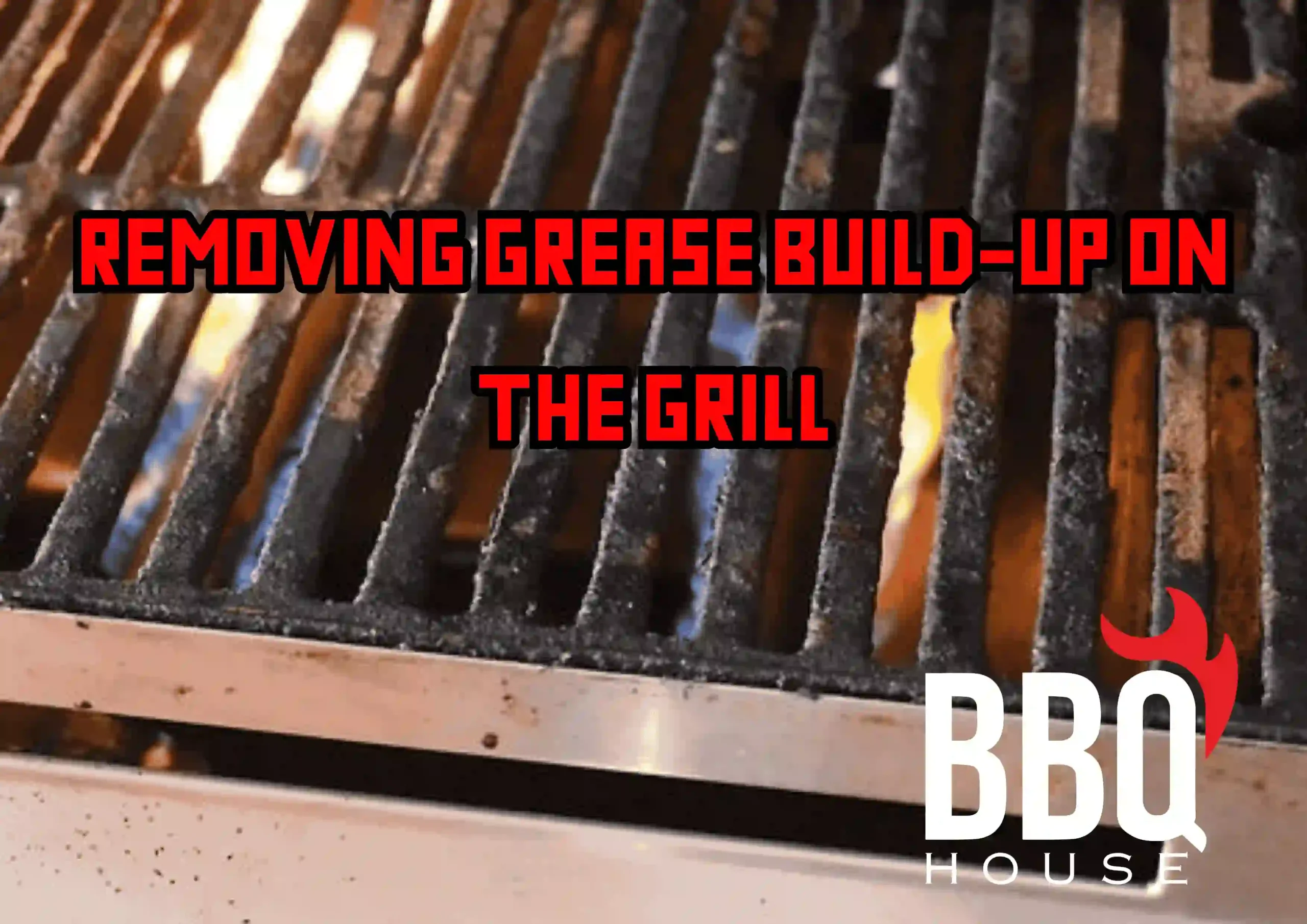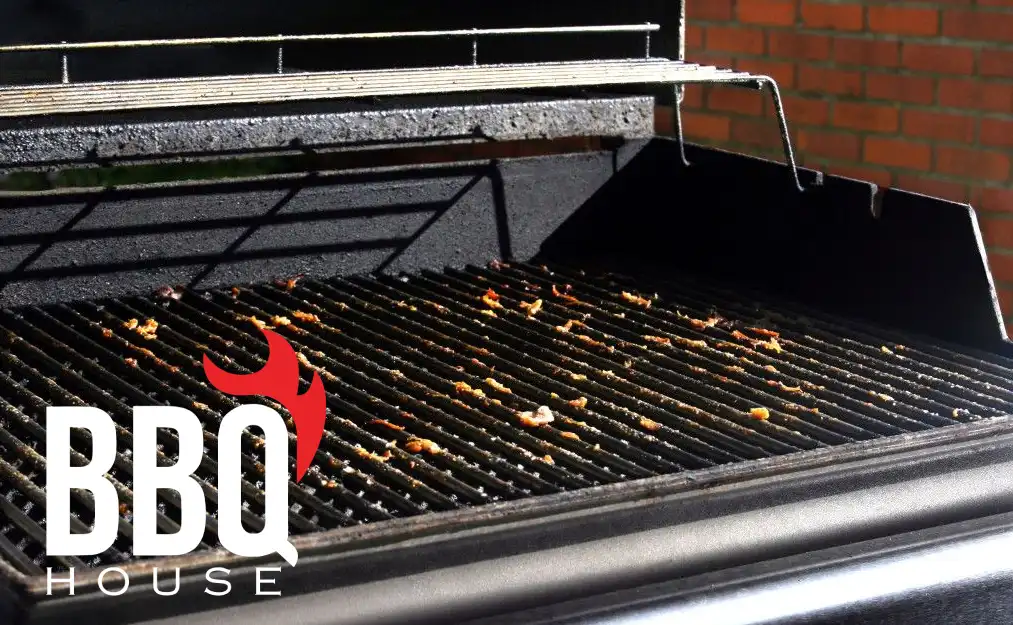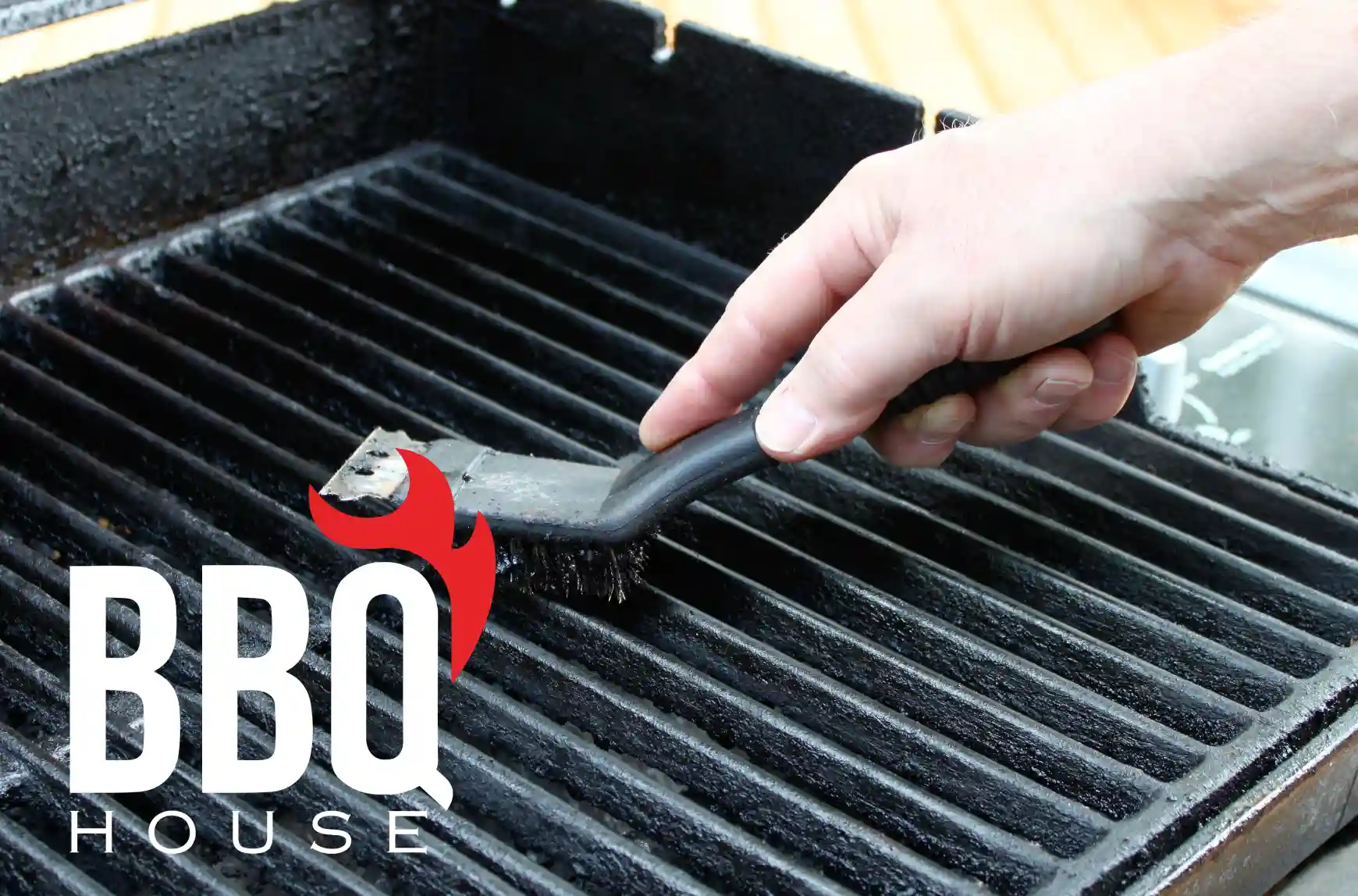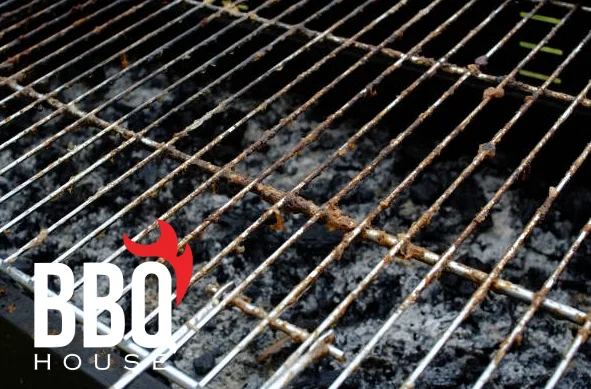Welcome to BBQ House!
Removing Grease Build-Up on the Grill

When it comes to grilling, nothing beats the smell of sizzling kebabs, juicy chicken, or smoky vegetables. But after all that deliciousness comes a less fun part grease build-up.
Over time, grease can coat your grill grates, drip trays, and even the inside walls of your grill. This doesn’t just look messy, it can affect flavor, cause flare-ups, and even damage your grill.
That’s why knowing the best methods for removing grease is just as important as knowing how to control the temperature of your charcoal fire. In this guide, we’ll cover:
- Why grease build-up happens
- Different methods of removing grease
- What method works best for which grill surface
- The must-have tools (available at BBQ House)
By the end, your grill will not only shine like new but also cook better and last longer.
Why Grease Build-Up Matters

Grease is a natural byproduct of grilling, especially when cooking meat. Fat drips down, mixes with smoke, and hardens into sticky layers. If you don’t clean it regularly:
- It creates flare-ups that burn your food.
- It leaves a bitter taste in whatever you grill next.
- It attracts bugs or rodents if left outdoors.
- It shortens the life of your grill by causing rust and corrosion.
So removing grease isn’t just about looks, it’s about safety, flavor, and saving money on your grill investment.
Tools & Products That Make It Easier

Before you start scrubbing, here are some essentials—most of which you can pick up at BBQ House’s accessories section:
- Grill brushes with bristles – great for scrubbing tough grease (always inspect before use to ensure no loose bristles remain).
- Scrapers – to chip off hardened grease.
- Heat-proof gloves – protect your hands while cleaning hot surfaces.
- Disposable cleaning pads or cloths – for wiping down grease trays.
- Charcoal or gas grill covers – to protect your grill after cleaning.
With the right kit, cleaning becomes easier and safer.
Methods for Removing Grease
Different situations call for different techniques. Here are the most effective methods:
1. Burn-Off Method
- Fire up your grill on high heat (with the lid closed).
- Let it burn for 15–20 minutes until grease turns to ash.
- Once cooled slightly, brush off the ashes with a grill brush.
Works best for: Cast iron or stainless steel grates.
Not ideal for: Porcelain-coated grates (can crack from sudden high heat).
2. Soapy Water Scrub
- Remove grates and soak in warm soapy water for 30 minutes.
- Scrub with a sponge or brush.
- Rinse thoroughly and dry before putting back.
Works best for: Porcelain-coated and stainless steel grates.
Avoid: Cast iron (can rust—better to dry immediately and re-season with oil).
3. Vinegar & Baking Soda Paste
- Mix equal parts baking soda and water to form a paste.
- Apply to greasy areas.
- Spray vinegar over it to activate fizzing.
- Scrub gently and rinse.
Works best for: Delicate surfaces like porcelain or chrome.
Avoid: Uncoated cast iron (too abrasive).
4. Steam Cleaning
- Fill a bowl with hot water.
- Place it inside a warm grill and close the lid.
- Let the steam loosen grease for 10–15 minutes.
- Wipe down with a cloth.
Works best for: Inside walls, lids, and drip trays.
Not enough for: Thick grease layers.
Matching Methods with Grill Surfaces

Not all grills are the same, so here’s a quick guide:
- Cast Iron Grates: Best cleaned with burn-off + brushing. If washing, dry immediately and coat with oil.
- Porcelain-Coated Grates: Use soapy water or vinegar/baking soda, avoid harsh scrapers.
- Stainless Steel Grates: Very versatile burn-off, soapy water, or vinegar paste all work.
- Flat Plates (Plancha Style): Scrape while still warm, then wipe with water and soap.
- Inside Grill Walls: Steam + mild vinegar solution.
- Grease Trays: Empty and wash with soapy water after each cook.
How Often Should You Remove Grease?
- After Every Cook: Quick brush and empty grease tray.
- Weekly: Deep clean grates, wipe inside walls.
- Monthly: Full scrub with vinegar/baking soda, check burners or charcoal tray.
Cleaning little and often saves time and keeps your grill in top condition.
Common Mistakes to Avoid
- Using brushes without checking bristles. Always inspect and replace brushes when worn.
- Spraying harsh chemical cleaners and not rinsing properly. Stick to natural, food-safe methods.
- Soaking cast iron in water (rust risk).
- Forgetting to oil grates after cleaning, this prevents sticking and rust.
FAQs About Removing Grease
Q: Can I use oven cleaner on my grill?
A: No. Oven cleaners are too harsh and not food-safe. Stick with soapy water, vinegar, or baking soda.
Q: How do I stop grease from building up so fast?
A: Trim excess fat before cooking, use drip trays, and clean lightly after each cook.
Q: My grill smells smoky even when clean, why?
A: Old grease in the drip tray can smell. Make sure you empty and wash it regularly.
Q: Can I use aluminum foil to clean grease?
A: Yes. Ball up foil and use it as a scrubber on metal grates. Don’t use it on porcelain.
Q: Is steam cleaning safe for all grills?
A: Yes, but it’s not always enough for heavy build-up. Use it as part of your routine.




